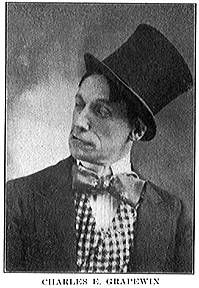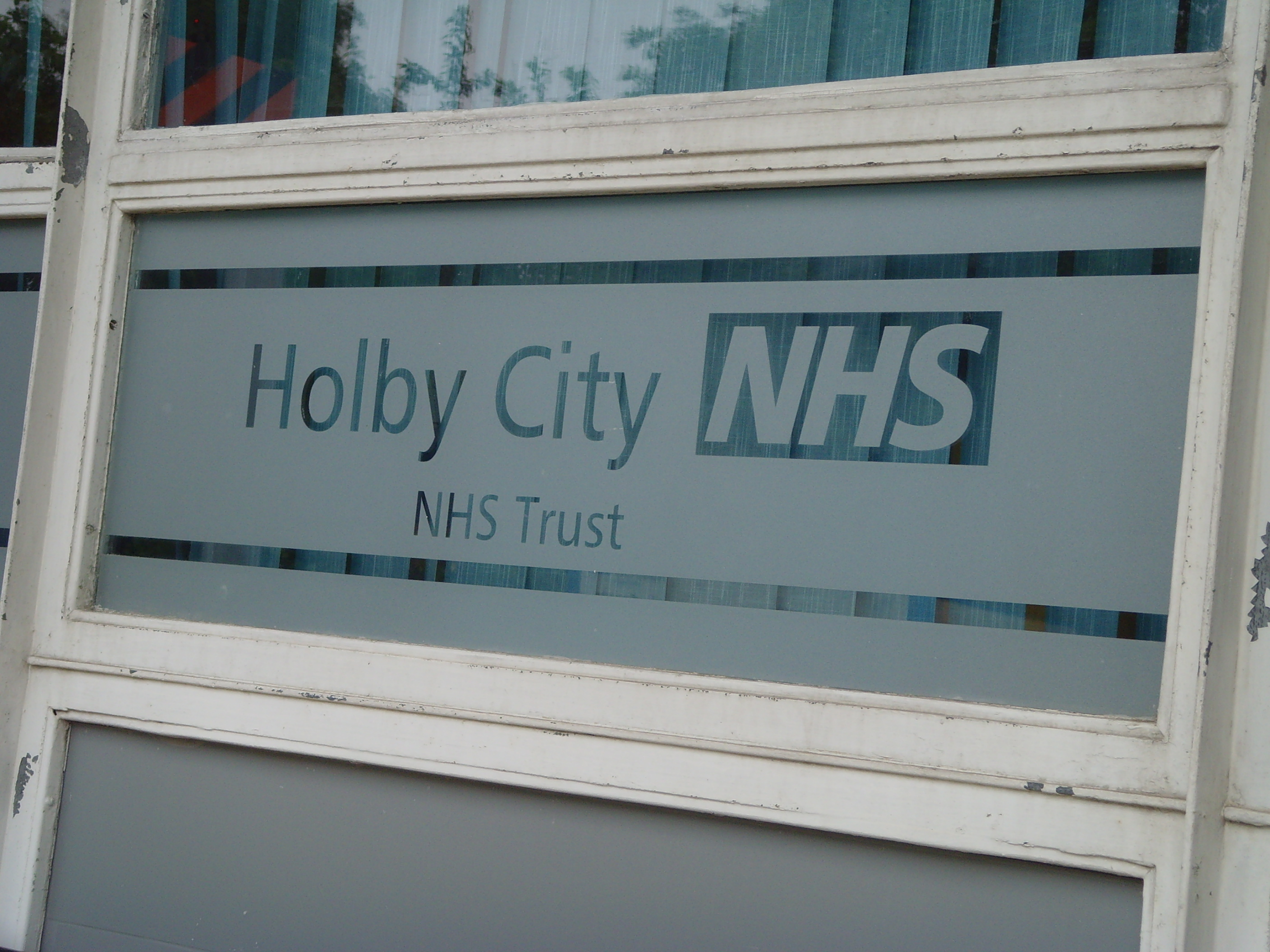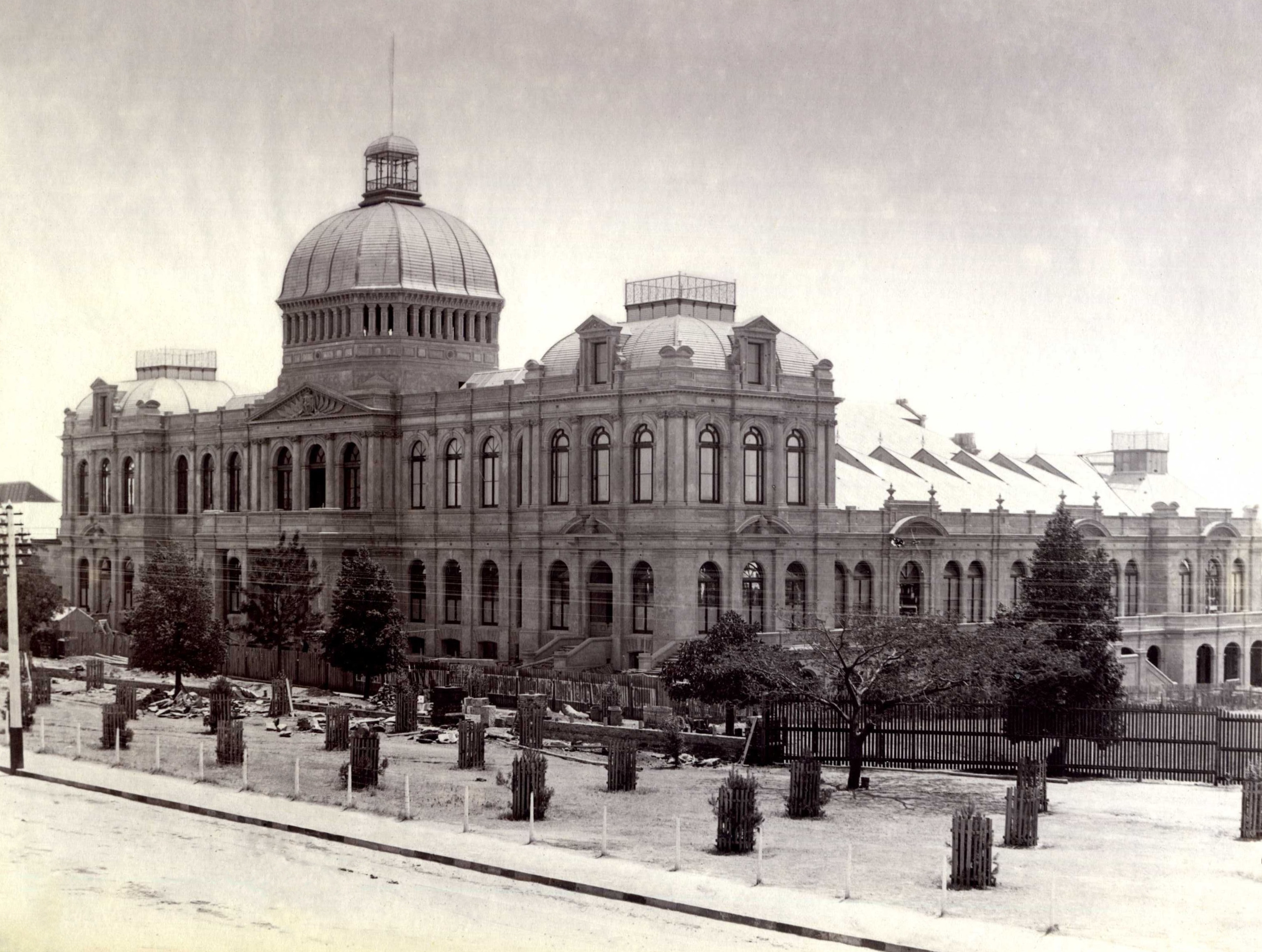|
Odeon Star Semaphore Cinemas
The Odeon Star Semaphore Cinemas, usually referred to as the Odeon Star, is an independent multiplex cinema in the beachside Adelaide suburb of Semaphore, South Australia. It is the oldest purpose-built cinema in Adelaide, opened on 22 May 1920 as the Wondergraph Picture Palace. History Picturedrome In September 1910, before there were any indoor picture theatres in Semaphore, the Continental Wondergraph Company bought land on the esplanade, intending to establish a tea garden and open-air cinema. On Monday 26 December, Wondergraph gave the inaugural screening at its "Picturedrome", although the construction of the kiosk and tea garden had been delayed. The seating faced the sea, and several silent films were projected onto a solid concrete "silver wall", a new technology claimed to have been brought to Australia by the European company. In winter, the Greater Wondergraph Company (formed in Adelaide in 1911) showed films at the Semaphore Town Hall, which was referred to as the S ... [...More Info...] [...Related Items...] OR: [Wikipedia] [Google] [Baidu] |
Multiplex (cinema)
A multiplex is a movie theater complex with multiple screens or auditoriums within a single complex. They are usually housed in a specially designed building. Sometimes, an existing venue undergoes a renovation where the existing auditoriums are split into smaller ones, or more auditoriums are added in an extension or expansion of the building. The largest of these complexes can sit thousands of people and are sometimes referred to as a megaplex. The difference between a multiplex and a megaplex is related to the number of screens, but the dividing line is not well-defined. Some say that 16 screens and stadium seating make a megaplex, while others say that at least 24 screens are required. Megaplex theaters may have stadium seating or normal seating, and may have other amenities often not found at smaller movie theaters; multiplex theatres often feature regular seating. The Kinepolis-Madrid megaplex in Spain, owned by the Belgian Kinepolis Group, is the largest movie theat ... [...More Info...] [...Related Items...] OR: [Wikipedia] [Google] [Baidu] |
Ozone Theatres
Ozone Theatres Ltd, formerly Ozone Picture Company and then Ozone Amusements Ltd, was a movie theater, cinema chain based in Adelaide, South Australia, from 1911 until 1951, when it sold its theatres to Hoyts. It was founded by Hugh Waterman and friends, and was jointly run by him and seven sons, including Clyde Waterman and Sir Ewen McIntyre Waterman. S.A. Theatres and Ozone Theatres (Broken Hill) were subsidiary companies, and the chain was referred to as the Ozone circuit. It was one of two major film exhibitors in the state from after World War I until the late 1940s, the other being Dan Clifford (theatre entrepreneur), D. Clifford Theatres Limited. After 1938, Ozone dominated the market. History Hugh McIntyre Waterman, a stationer, founded Ozone Picture Company, later renamed Ozone Amusements Ltd, in the seaside suburb (formerly a separate town) of Semaphore, South Australia, Semaphore in 1911, along with four other residents, Les and Horace Warn, Jim Woods, and Chris Flah ... [...More Info...] [...Related Items...] OR: [Wikipedia] [Google] [Baidu] |
Vaudeville
Vaudeville (; ) is a theatrical genre of variety entertainment which began in France in the middle of the 19th century. A ''vaudeville'' was originally a comedy without psychological or moral intentions, based on a comical situation: a dramatic composition or light poetry, interspersed with songs and dances. Vaudeville became popular in the United States and Canada from the early 1880s until the early 1930s, while changing over time. In some ways analogous to music hall from Victorian Britain, a typical North American vaudeville performance was made up of a series of separate, unrelated acts grouped together on a common bill. Types of acts have included popular and classical musicians, singers, dancers, comedians, trained animals, magicians, ventriloquists, strongmen, female and male impersonators, acrobats, clowns, illustrated songs, jugglers, one-act plays or scenes from plays, athletes, lecturing celebrities, minstrels, and films. A vaudeville performer ... [...More Info...] [...Related Items...] OR: [Wikipedia] [Google] [Baidu] |
Dan Clifford (theatre Entrepreneur)
''Holby City'' is a British medical drama television series that premiered on 12 January 1999 on BBC One. The series was created by Tony McHale and Mal Young as a spin-off from the established BBC medical drama ''Casualty''. It is set in the same hospital as ''Casualty'', Holby General, in the fictional city of Holby, and features occasional crossovers of characters and plots with both ''Casualty'' (in episodes broadcast as ''Casualty@Holby City'') and the show's 2007 police procedural spin-off ''HolbyBlue''. ''Holby City'' follows the professional and personal lives of surgeons, nurses, other medical and ancillary staff and patients at Holby General. It features an ensemble cast of regular characters, and began with 11 main characters in its first series, all of whom have since left the show. New main characters have been both written in and out of the series since. In addition, ''Holby City'' features guest stars each week, as well as recurring guests that take part in story a ... [...More Info...] [...Related Items...] OR: [Wikipedia] [Google] [Baidu] |
Dress Circle
An auditorium is a room built to enable an audience to hear and watch performances. For movie theaters, the number of auditoriums is expressed as the number of screens. Auditoriums can be found in entertainment venues, community halls, and theaters, and may be used for rehearsal, presentation, performing arts productions, public speeches or as a learning space. Etymology The term is taken from Latin language, Latin (from ''audītōrium'', from ''audītōrius'' ("pertaining to hearing")); the concept is taken from the Greek auditorium, which had a series of semi-circular seating shelves in the Theatre of Ancient Greece, theatre, divided by broad 'belts', called ''diazomata'', with eleven rows of seats between each. Auditorium structure The audience in a modern theatre are usually separated from the performers by the proscenium arch, although other Stage (theatre), types of stage are common. The price charged for seats in each part of the auditorium (known in the ind ... [...More Info...] [...Related Items...] OR: [Wikipedia] [Google] [Baidu] |
Orchestra Seats
A theater, theatre or playhouse, is a structure where theatrical works, performing arts, and musical concerts are presented. The theater building serves to define the performance and audience spaces. The facility usually is organized to provide support areas for performers, the technical crew and the audience members, as well as the stage where the performance takes place. There are as many types of theaters as there are types of performance. Theaters may be built specifically for certain types of productions, they may serve for more general performance needs or they may be adapted or converted for use as a theater. They may range from open-air amphitheaters to ornate, cathedral-like structures to simple, undecorated rooms or black box theaters. A thrust stage as well as an arena stage are just a few more examples of the multitude of stages where plays can occur. A theatre used for opera performances is called an opera house. A theater is not required for performance (as in env ... [...More Info...] [...Related Items...] OR: [Wikipedia] [Google] [Baidu] |
The Herald (Adelaide)
''The Herald'' was a weekly trade union magazine published in Adelaide, South Australia between 1894 and March 1910; for the first four years titled ''The Weekly Herald''. It was succeeded by ''The Daily Herald'', which ran from 7 March 1910 to 16 June 1924. History The 1890s was a period of intense industrial unrest in Australia: squatters and shippers, manufacturers, merchants and miners had all been doing very nicely in the 1880s with exports booming, but little seemed to the shearers, labourers and sailors to be "trickling down" to them. Then around 1885 demand slackened off and with falling prices, the employers felt the need to reduce their labour force, and cut the wages of those who remained. The Maritime Labour Council (MLC) was formed in Adelaide in 1886 and the following year raised a Maritime Strike Fund of £9,600, of which various workers' unions subscribed around half. When the United Trades and Labour Council of South Australia needed money to start a workers' ne ... [...More Info...] [...Related Items...] OR: [Wikipedia] [Google] [Baidu] |
What's Your Husband Doing?
''What's Your Husband Doing?'' is a 1920 American silent comedy film directed by Lloyd Ingraham and written by R. Cecil Smith based upon the play of the same name by George V. Hobart. The film stars Douglas MacLean, Doris May, Walter Hiers, William Buckley, Norris Johnson, and Alice Claire Elliott. The film was released on January 25, 1920, by Paramount Pictures. Plot As described in a film magazine, Beatrice Ridley (May), a young wife who possesses a devoted husband, spends her leisure time dreaming up romances about her Robert (Buckley) in which he figures as a gay Lothario and she the much wronged wife. Her suspicions become aroused when Robert receives letters each morning from the Honeysuckle Inn, a roadhouse frequented by sportsmen. These letters Robert quickly conceals with no word of explanation offered. Beatrice suspects the involvement of another woman and consults with attorneys, Widgast and Pidgeon, with a view of obtaining relief. Both of these lawyers are young m ... [...More Info...] [...Related Items...] OR: [Wikipedia] [Google] [Baidu] |
Port Adelaide
Port Adelaide is a port-side region of Adelaide, approximately northwest of the Adelaide city centre, Adelaide CBD. It is also the namesake of the City of Port Adelaide Enfield council, a suburb, a federal and state electoral division and is the main port for the city of Adelaide. Port Adelaide played an important role in the formative decades of Adelaide and South Australia, with the port being early Adelaide's main supply and information link to the rest of the world. Its Kaurna name, although not officially adopted as a dual naming, dual name, is Yertabulti. History Prior to European settlement of South Australia, European settlement Port Adelaide was covered with Avicennia marina, mangrove swamps and tidal mud flats, and lay next to a narrow creek. At this time, it was inhabited by the Kaurna people, who occupied the Adelaide Plains, the Barossa Valley, the western side of the Fleurieu Peninsula, and northwards past Snowtown. The Kaurna people called the Port Adelaide ar ... [...More Info...] [...Related Items...] OR: [Wikipedia] [Google] [Baidu] |
Trams In Adelaide
The Adelaide tramways network served much of the inner suburbs and several outer suburbs of Adelaide, Australia, from 1878 until soon after World War II, when it started to decline. The sole Glenelg tram line, Glenelg light rail line, which was the only route to survive the closures, did however remain in operation. After falling into a state of disrepair and neglect, in the 2000s the line underwent major civil engineering upgrades and, progressively, of route extensions; and received a new tram fleet. History Synopsis Adelaide's first, horse-drawn tramway was opened in 1878. A succession of services followed until in 1907 the South Australian Government established the Municipal Tramways Trust (MTT), which bought out their private-sector owners. A year later the MTT operated its first electric tram and before long the entire network was powered by electricity. The early use of trams was for recreation as well as Commuting, daily travel, by entire families and tourists. Un ... [...More Info...] [...Related Items...] OR: [Wikipedia] [Google] [Baidu] |
University Of South Australia
The University of South Australia is a public research university based in Adelaide, South Australia. Established in 1991, it is the successor of the former South Australian Institute of Technology. Its main campuses along North Terrace are adjacent to the Australian Space Agency in Lot Fourteen and forms part of the Adelaide BioMed City research precinct. It also has a presence in the Adelaide Technology Park in Mawson Lakes. In mid-2023, it agreed to merge with the neighbouring University of Adelaide to form Adelaide University. Its earliest antecedent institutions were both founded in the Jubilee Exhibition Building of the former Royal South Australian Society of Arts. The South Australian Institute of Technology was founded in 1889 as the School of Mines and Industries and the South Australian College of Advanced Education dates back to the School of Art in 1856. The institute later gained university status during the Dawkins Revolution following their merger in 199 ... [...More Info...] [...Related Items...] OR: [Wikipedia] [Google] [Baidu] |
Wakefield Street Private Hospital
The Calvary Wakefield Hospital, formerly Private Hospital, Wakefield Street (PHWS) and variants, Wakefield Street Private Hospital, Wakefield Memorial Hospital and Wakefield Hospital, referred to informally as "the Wakefield", was a private hospital founded in 1883 or 1884 on Wakefield Street in Adelaide, South Australia. In 1935, the hospital occupied new, purpose-built premises on the corner of Wakefield and Hutt Streets. In 2006 it was acquired by Little Company of Mary Health Care Ltd., known as Calvary Health Care, a Roman Catholic not-for-profit organisation. In 2020 it was vacated, being replaced by a newly constructed facility, the Calvary Adelaide Hospital. The hospital provided acute care with inpatient and outpatient facilities, orthopaedic, and neurosurgical services to patients. It specialised in cardiac care, and was the only private 24/7 accident and emergency unit in the city. It employed 600 staff. Beginnings The Wakefield was one of the first private hospit ... [...More Info...] [...Related Items...] OR: [Wikipedia] [Google] [Baidu] |







